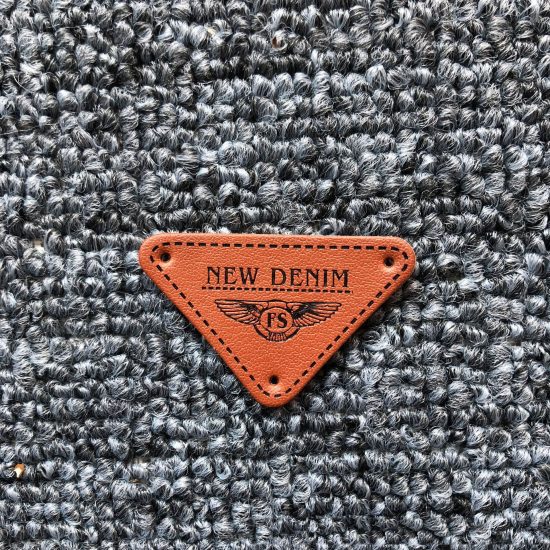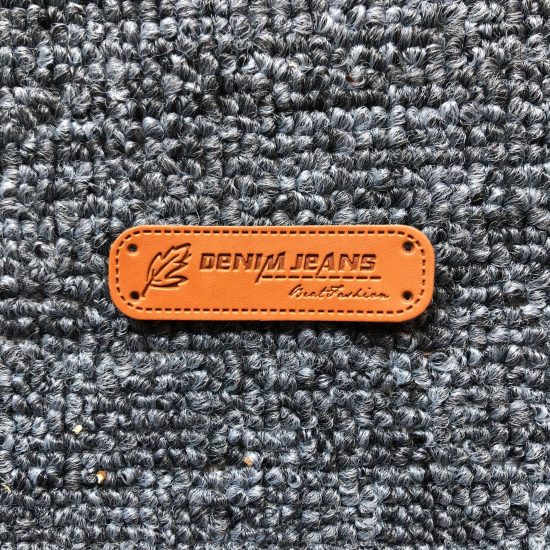PVC (polyvinyl chloride) patches can have a significant environmental impact, both during their production and after they are discarded.
- Production: The production of PVC requires the use of hazardous chemicals, such as vinyl chloride monomer and phthalates. These chemicals can have negative health effects on workers and contribute to air and water pollution. Additionally, the manufacturing process itself can generate greenhouse gas emissions.
- Disposal: PVC patches are not biodegradable, and when they are disposed of in landfills, they can release toxic chemicals into the soil and groundwater. If incinerated, PVC patches can also release toxic gases into the air.
- Recycling: While PVC can technically be recycled, the process is difficult and expensive. This means that most PVC patches end up in landfills or incinerators, contributing to environmental pollution.
Overall, the environmental impact of PVC patches highlights the importance of considering alternative materials and production methods. Some possible alternatives include patches made from organic cotton, recycled polyester, or biodegradable materials. Additionally, reducing the overall use of patches can help to minimize their impact on the environment.


